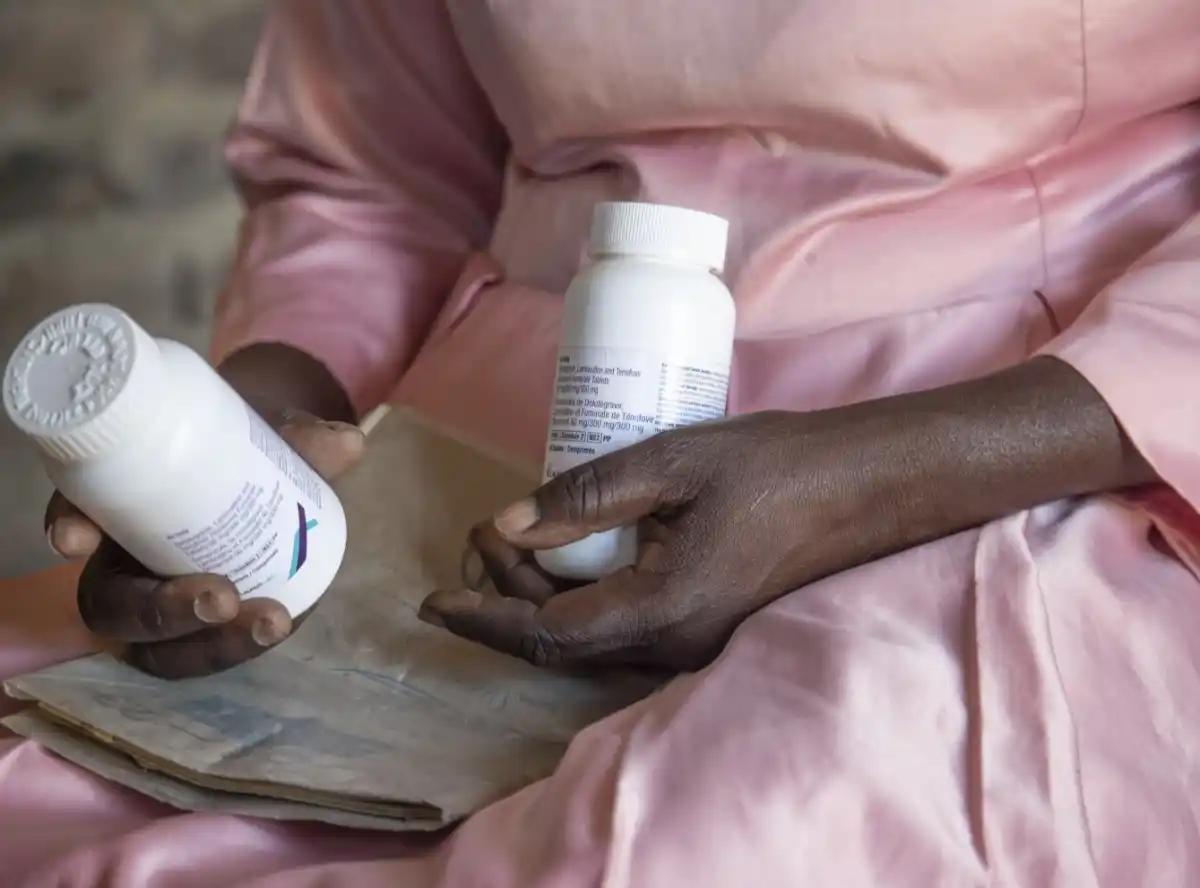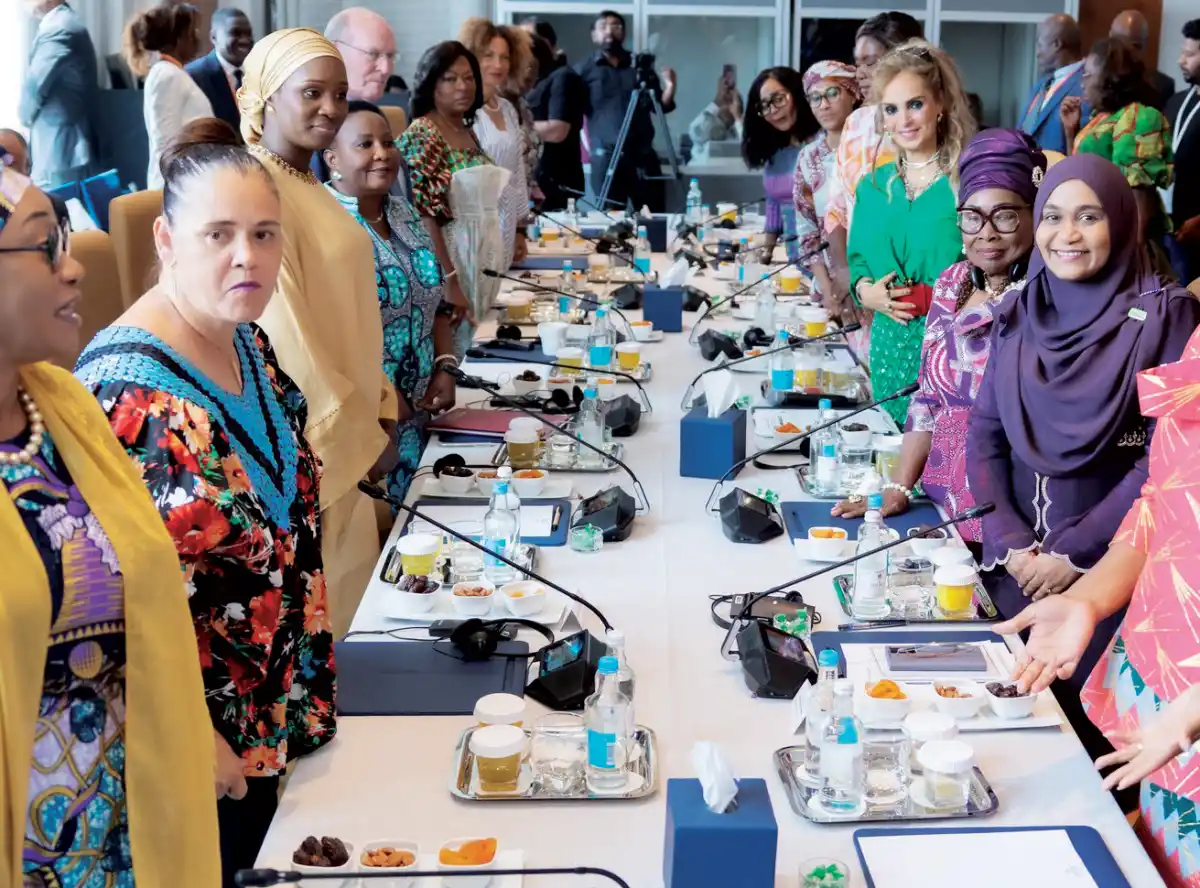
HIV response researchers have sounded the alarm over recent global funding cuts, saying they have severely disrupted efforts to combat HIV, threatening life-saving research, prevention and treatment.
The experts addressed the press ahead of the 13th International Aids Society (IAS 2025) Conference, taking place in Kigali, Rwanda and virtually from July 13 to 17.
They presented scientific highlights from four studies selected from abstracts being showcased at the conference.
During the conference, the experts revealed predictive modelling and real-world data from Africa and Latin America, indicating rising HIV acquisitions, stalled treatment and fragile health systems.

IAS president Dr Beatriz Grinsztejn said that, on one hand, the world is witnessing extraordinary scientific breakthroughs that could transform prevention and treatment and “even bring us closer to a cure”.
“On the other hand, these very advances are under threat from massive funding cuts that risk stalling clinical trials, slowing our progress and jeopardising the achievements we’ve fought so hard to attain,” Dr Grinsztejn said.
IAS president-elect Professor Kenneth Ngure said that the sudden cuts to United States (US) funding, announced earlier this year, have been “deeply felt” across the African continent by millions of people who rely on HIV prevention, testing and treatment services.
HIV incidence and related deaths are expected to rise significantly in sub-Saharan Africa due to disruptions in funding for pre-exposure prophylaxis (PrEP) under the US President’s Emergency Plan for Aids Relief (Pepfar).
This is according to a preprint modelling study presented by lead author Dr Jack Stone, Associate Professor in Infectious Disease Mathematical Modelling at the University of Bristol.
By late 2024, PrEP funded by Pepfar had been accessed by nearly 700,000 people across 28 sub-Saharan African countries, including Malawi, before funding for the medication was paused in January 2025
The study suggests that this pause could result in approximately 6,671 additional HIV acquisitions over one year, and a further 3,617 cases over the subsequent five years.
More than 2,900 of these additional cases are projected to occur among gay and bisexual men who have sex with men, while over 2,000 are expected among female sex workers.
“It is crucial that funding is secured to continue and expand PrEP services in sub-Saharan Africa,” Dr Stone said.
Meanwhile, Zackie Achmat, founder of the Treatment Action Campaign and a member of the Global HIV Treatment Coalition, issued a call to action on the urgent need for debt refinancing to protect the HIV response in low- and middle-income countries.
“You can’t end the Aids pandemic while African nations must choose between paying creditors and saving lives. As someone who has lived with HIV for more than half my life, I have seen the cost of political inaction.
“We fought for treatment when the world said it was impossible. Now, the convergence of crushing debt and funding cuts threatens everything we’ve built. We need urgent debt restructuring so African countries can invest in saving lives instead of servicing debt,” Achmat said.
The IAS Conference on HIV Science is regarded as the world’s most influential meeting on HIV research and its applications.
This biennial conference presents “the critical advances in basic, clinical and operational HIV research that move science into policy and practice”.





0 Comments